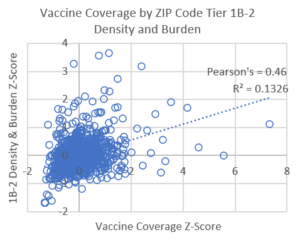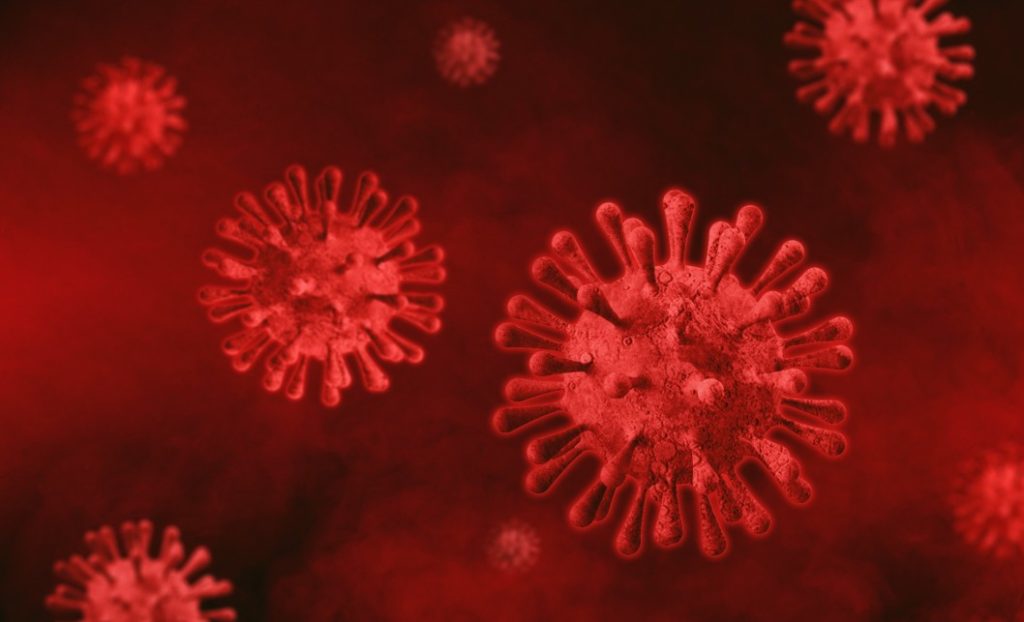Staff Contact: Mat Reidhead or Jackie Gatz
Media coverage surrounding the rollout of COVID-19 vaccines in Missouri recently has focused on differences in vaccine coverage between rural and urban areas of the state. A key component that has been overlooked by reporters is that the distribution of extremely scarce supplies of vaccines is not a function of the total population, but rather a function of where prioritized high-risk individuals live, and the overall disease burden from COVID-19. Policymakers in Missouri have prioritized individuals with the highest associated risk of poor COVID-19-related outcomes as the first recipients of the vaccines. Communities with the highest concentration of these individuals also have had the most disproportionate impact from COVID-19 in terms of cases and deaths. The hardest-hit communities include rural areas that have higher shares of elderly residents and chronic conditions, in addition to urban areas that have higher levels of complex social factors that have a profound influence on health outcomes.

Early data reveal a positive association between concentrations of high-risk populations combined with historical disease burden (above left) and the percent of the population 18 and older with at least one dose to date (above right).

Using a standardized measure of ZIP code-level Phase 1-B Tier 2 population density, combined with case and mortality rates compared to a standardized measure of vaccine coverage in Missouri, reveals a positive association between the two composite measures, with disease burden and density explaining 13.3% of the variation in vaccine coverage throughout the state. This association reveals a degree of success in the state’s targeted distribution efforts to date.










